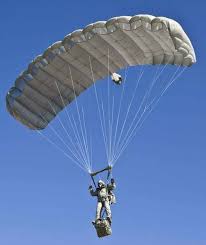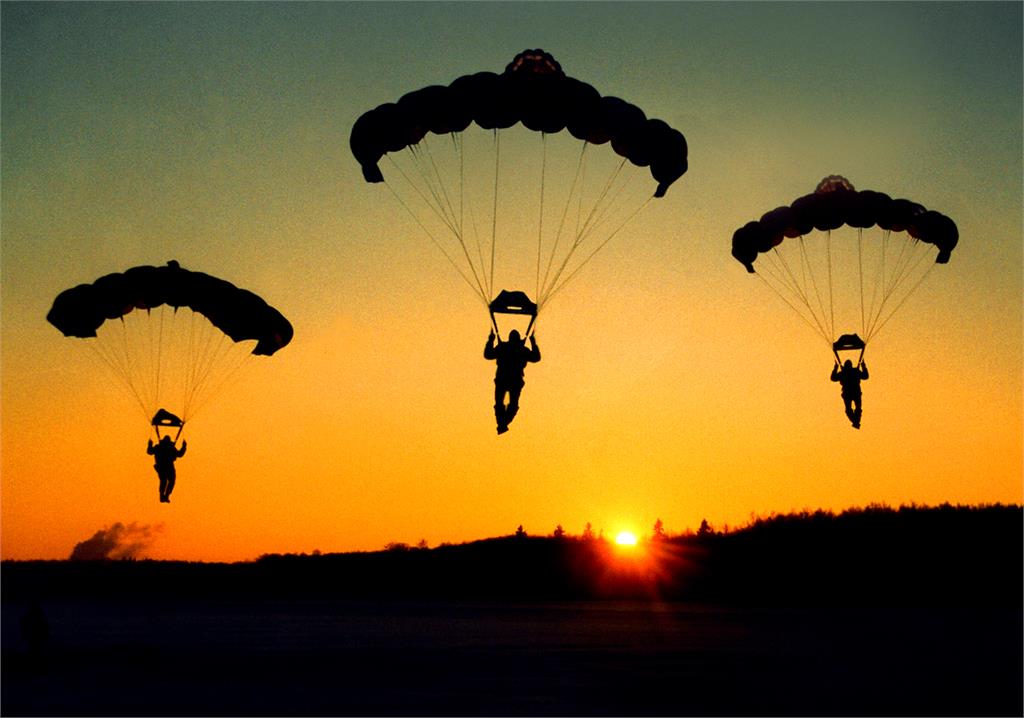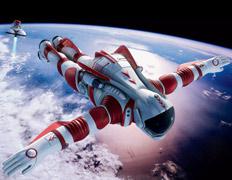U-Turn Physics under the Dome (part 1)
 I hope that my comments above will help the reader to understand what happens during the U-turn. In short, both types of U-turns lead to an increase in vertical and horizontal speed, however, for a planned maneuver, U-turns using the front free ends are generally preferable as leaving more “backlash” in case of calculation errors or sudden changes in the situation. Unfortunately, most of the unplanned, “panic” U-turns are made by just the brakes, which led to a considerable number of accidents. Regardless of whether there is a U-turn at the free ends or brakes, whether it is planned or not – if the withdrawal from it is not completed before meeting the ground, the consequences can be grave.
I hope that my comments above will help the reader to understand what happens during the U-turn. In short, both types of U-turns lead to an increase in vertical and horizontal speed, however, for a planned maneuver, U-turns using the front free ends are generally preferable as leaving more “backlash” in case of calculation errors or sudden changes in the situation. Unfortunately, most of the unplanned, “panic” U-turns are made by just the brakes, which led to a considerable number of accidents. Regardless of whether there is a U-turn at the free ends or brakes, whether it is planned or not – if the withdrawal from it is not completed before meeting the ground, the consequences can be grave.
The main circumstance that should be remembered is that the impact force increases geometrically with increasing speed. Estimated kinetic energy = 1/2 body mass x squared velocity. If a collision is unavoidable, it is best to have low speed. Consider, as an example, two collisions with the ground after a low turn, one at a speed of 15 km / h and the other at 45 km / h. In both cases, the subject of the experiment is a stuffed parachutist weighing 80 kg. 1/2 x 80 x 152 = 9000 “pain points” – the consequences, for example, in the form of abrasions and sprains. 1/2 x 80 x 452 = 81,000 points – nine times more painful. It is the square of speed in combination with modern loaded domes that causes such a significant number of fractures of bones, spines and so on.
Another point associated with the spread of fast domes – their management requires such a significant concentration of attention that it does not remain on other, equally important factors. If all the attention is spent only on calculating and completing a landing, you do not have it left to follow the rest of the people in the air. And a lot of attention is required on a crowded landing pad, with multi-speed domes. If you only have time to operate your own parachute, you will not be able to land safely next to others.
The only possible way to make beautiful touchdowns is to slowly, gradually improve the technique of their implementation. One must always be ready to sacrifice a beautiful sunset for a safe sunset. It should also be remembered that high flying qualities are the result not only of appropriate equipment, but also of piloting technique. Instead of moving to a faster dome to get the most out of your flight, skydivers should strive to get the best results from their existing domes. Having mastered all aspects of piloting on a familiar dome as much as possible, you can move on.
The first step in mastering the landing technique is traffic management, control of the air situation, without which safe entry and landing is impossible. It is necessary to learn to recognize the flight characteristics of various domes in order to maintain a safe distance between paratroopers, not only horizontally, but also vertically, based on this knowledge. In other words, it is necessary to develop the ability to “freeze” (slow turns on pressed down brakes) in order to skip ahead faster domes, and the ability to quickly lose height with the help of turns in order to overtake the domes slower. Little by little, even when jumping with a large number of people on board, you will learn how to do without competition for the landing site.
- The next step is to control the landing site. By this, I mean that even at a considerable height, you must recognize all possible participants in air traffic, determine the direction of turns and approach, take into account the existing obstacles and calculate alternative options. Personally, I like to approach the area of the landing site in a long straight line, after which there should be a 90-degree turn for landing – this allows me to see it well. If the terrain allows and the situation requires, I can easily refuse to land on the main site and go to the emergency. Never make S-shaped turns and spirals if there is anyone in the air except you. In such situations, the most predictable and safe approach route is the aviation “box” – approach along the wind parallel to the landing course, the “third” turn 90 degrees perpendicular to the landing course and the “fourth” turn to the landing line.




